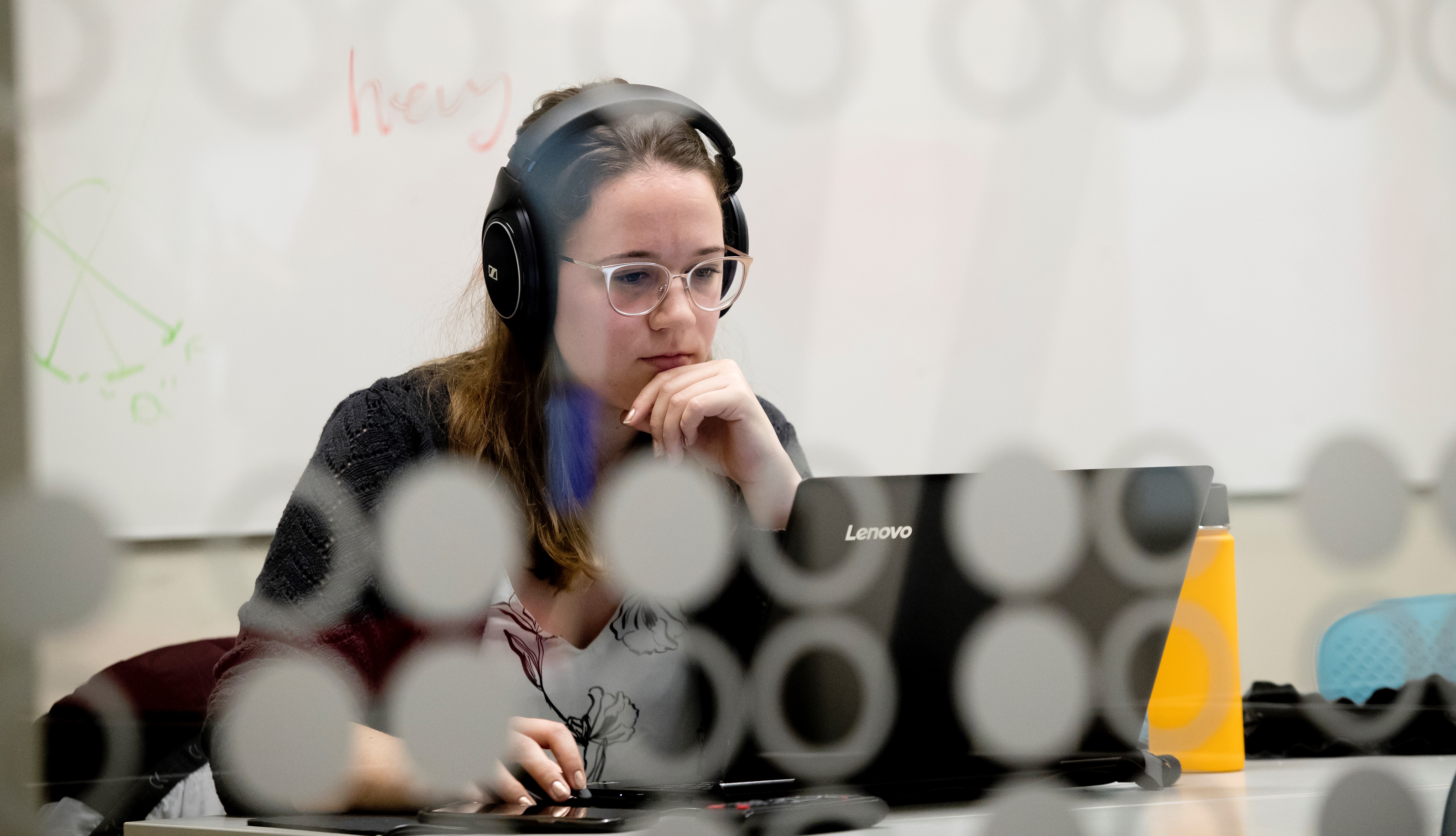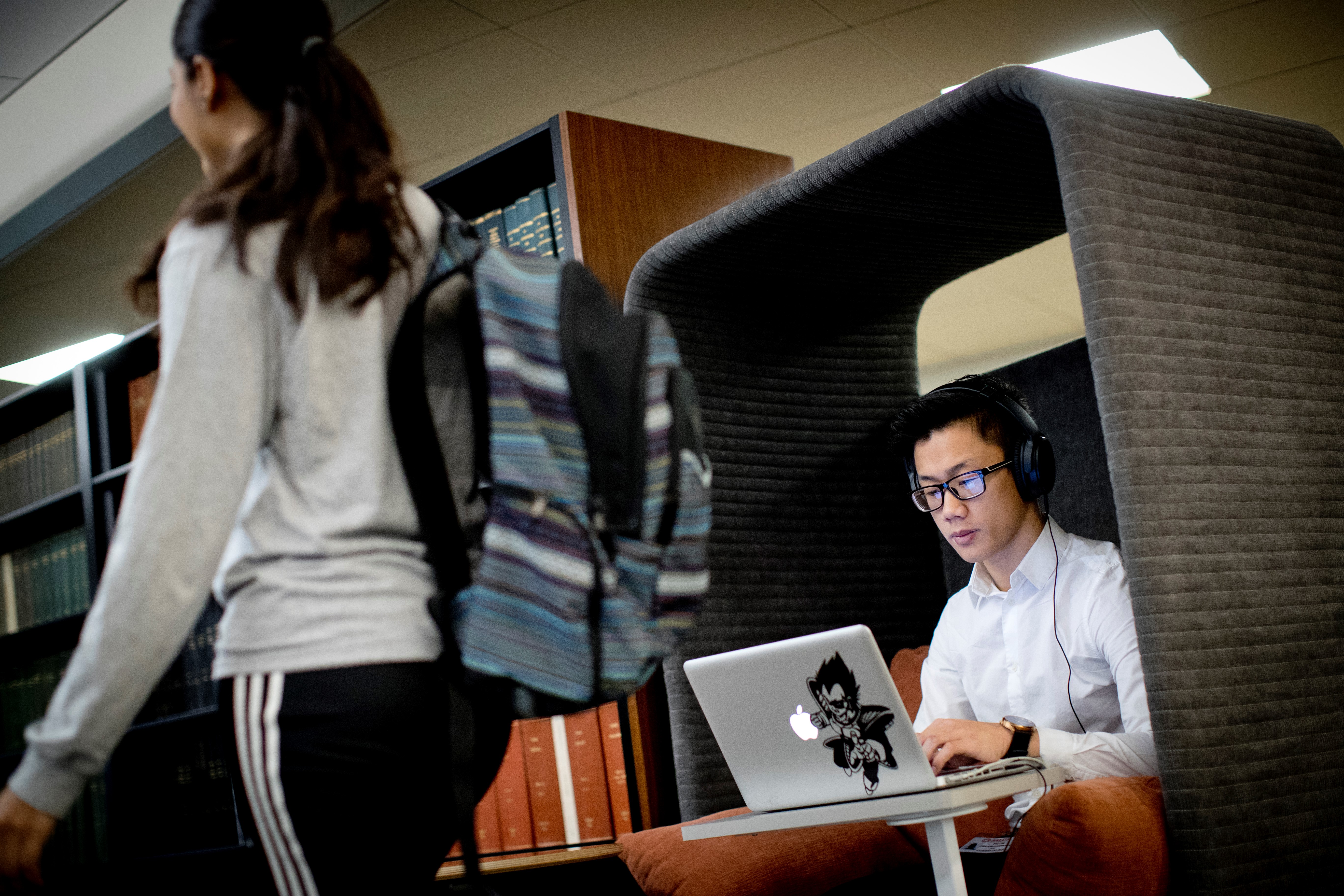Blue Light Filters, Yay or Nay?

We live in a digital age with people of all ages using screens to work and to play. Before screens, our only source of blue light waves (the shorter and highest energy wavelengths) was from the sun. This means we had minimal blue light indoors and none at night.
However, with the onset of technology, came exposure to blue light emanating from screens all day, every day. Screen usage is at an all-time high with the World Health Organization reporting people spend from 42 percent to 60 percent of their day in front of a screen. This indoor blue light is a concern when it comes to our eye health. The question is, how much blue light is safe and how do we protect ourselves?
 The main effect of blue light is its impact on our circadian rhythm. The circadian rhythm tells our body when it is time to rest. When you are exposed to blue light later in the evening your body is stimulated to stay awake. It is recommended to turn off screens an hour before bed to allow your brain to adjust.
The main effect of blue light is its impact on our circadian rhythm. The circadian rhythm tells our body when it is time to rest. When you are exposed to blue light later in the evening your body is stimulated to stay awake. It is recommended to turn off screens an hour before bed to allow your brain to adjust.
The artificial blue lights we are exposed to include most screens we use daily such as smartphones, televisions, LED lights, computer screens, and tablets. Many of these products have an internal setting that can reduce the amount of blue light emitted from the screen. Manufacturers began adding this feature in the 2010s with Apple adding it to iPhones in 2012.
Currently, research does not support the use of blue light filters to reduce complaints of eye strain. Even with the use of blue light filters, patients often complain about eyes feeling tired while working on screens for long periods of time. This strain is more likely due to dry eye or computer-related eye fatigue. To combat this, it is recommended that the following rules be utilized:
- Sit about arm's length from the computer screen.
- Hold tablets and smartphones at your elbow’s length.
- Position the computer screen so you are gazing slightly downward.
- Take regular breaks using the “20-20-20” rule: every 20 minutes, look 20 feet away for at least 20 seconds.
- When your eyes feel dry, use artificial tears to refresh them.
- Blink often and with purpose.
Research has also been performed to determine if exposure to blue light causes eye diseases in the retina. The retina is the “screen” in the back of the eye. Ultraviolet light from the sun is absorbed in the outer layers of the eye. The damage to those outer layers from UV light is well documented. Blue light is not absorbed in the outer layers and passes to the retina. The data is inconclusive on the long-term damage blue light causes when the retina is exposed for long periods.
Blue light filters have benefits for our overall health by helping our bodies maintain a healthy sleep pattern. However, eye symptoms and concerns about eye health should be addressed with a comprehensive eye examination. Your eye care professional can make recommendations about your concerns and whether blue light filters are necessary to protect your eyes.
If you have questions or need to schedule an appointment at The Eye Institute (TEI), to perform a wide variety of tests to assess the overall health of your eyes in addition to assessing your vision, please call TEI at 215 276-6111.